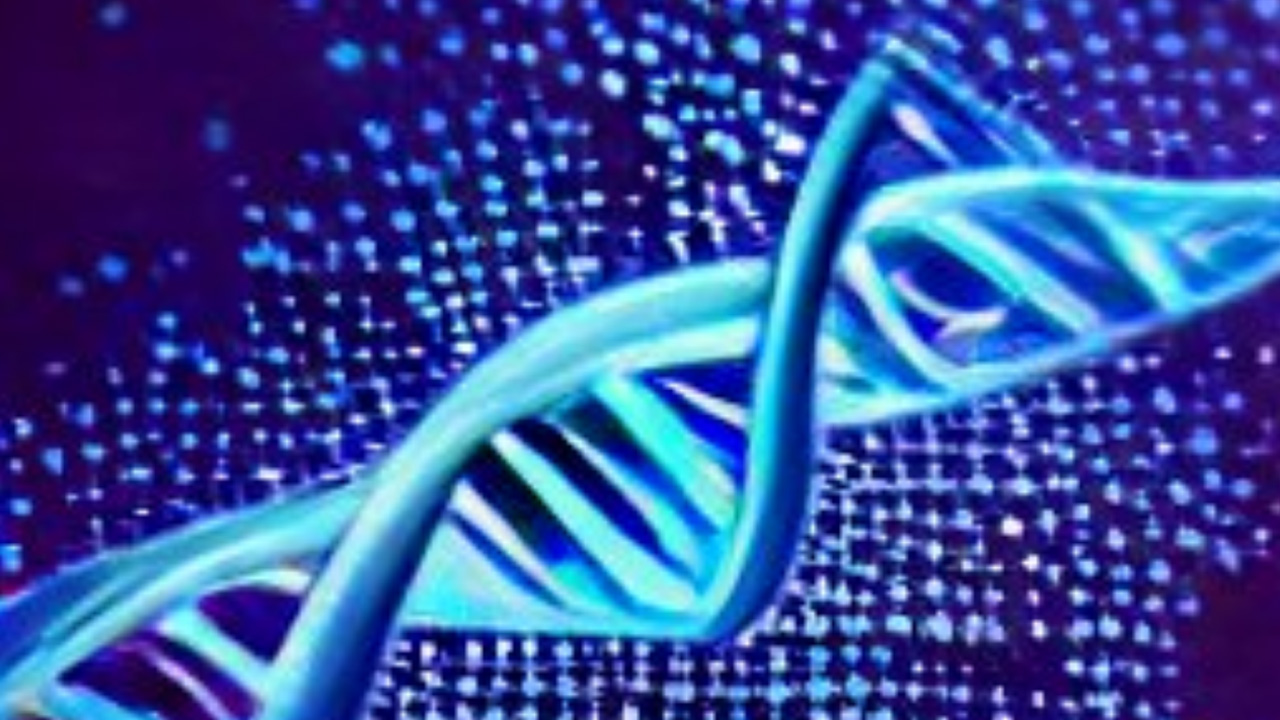DNA is the blueprint of life and could also be the next big thing in data storage. Scientists have found a way to store DNA data, which could hold information for millions of years.
The idea is simple: store data in DNA strands and then use enzymes to read the information. So far, scientists have been able to store digital files like images and videos in DNA.
An archival storage industry assessment published by Fujitsu and Twist Bioscience projects that the gap between existing storage capacity and demand would approach 7.8 million petabytes in 2030.
DNA storage is a new, innovative way to store data
According to the study, as corporate activities generate more data, major organizations must invest more in tape and other archival mediums. The alternative is to delete outdated data but lose its value as a source of insight. The most powerful AI systems are frequently informed by the broadest, most comprehensive data sets.
Researchers are searching for new ultra-dense and ultra-durable storage solutions in light of these concerns. There have been a few contenders, but one, in particular, stands out: DNA.

What is DNA storage?
DNA storage is a process by which digital data is encoded into DNA molecules and stored in living cells. The data is stored in the form of sequences of DNA base pairs. This technology has the potential to store massive amounts of data for long periods of time with minimal error rates.
Currently, DNA storage is mainly used for archival purposes. However, there are several companies working on developing commercial applications for DNA storage. These include storing medical records, financial records, and other sensitive data. In the future, it is likely that DNA storage will become increasingly important as we generate ever-larger quantities of data.
How does DNA storage work?
DNA storage is a process by which digital data is encoded into strands of DNA. This process is achieved by first converting the 0s and 1s of digital data into the four nucleotides of DNA: adenine (A), thymine (T), cytosine (C), and guanine (G). These nucleotides are then assembled into DNA strands, with each strand representing a single piece of data. Finally, the DNA strands are stored in a solution, where they can be retrieved and decoded back into digital data.
By turning binary 1s and 0s into the four-letter genetic alphabet, this structure can be used as a very dense and long-lasting form of data storage. A single gram of DNA has been shown to hold 215 PB (220,000 TB) of info.
The benefits of DNA storage
DNA storage has many benefits over other methods of data storage. DNA is a very dense molecule, so a lot of information can be stored in a small amount of space. DNA is also very stable and can last for millions of years. This makes DNA an ideal candidate for long-term data storage.
DNA can store up to one 215 PetaByte per gram, making it denser than even the most advanced hard drives. Additionally, DNA is incredibly stable, with a shelf life of hundreds to thousands of years.
Another benefit of DNA storage is that it is very secure. Once information is stored in DNA, it can not be changed or deleted. This makes DNA storage an ideal way to store sensitive information.
The future of DNA storage
The time it takes to write data to DNA is one of the most difficult challenges in DNA storage. Georgia Tech Research Institute (GTRI) has produced the world’s fastest DNA storage chip with a new design that can store up to 20 gigabytes (GB) of data daily. This is ten times greater than the current record holder and would allow for vast volumes of data to be stored on a single DNA chip. In comparison, the most latest tape technology, LTO-9, can achieve up to 400MBps or 1440GB per hour, which is 180x faster.
Another challenge facing DNA storage is the lack of standardization. There are currently no standards for how DNA should be stored or what kind of information should be stored on it. This makes it difficult for different companies to work together on developing this technology.
Despite these challenges, experts remain optimistic that DNA storage will eventually become a reality.
